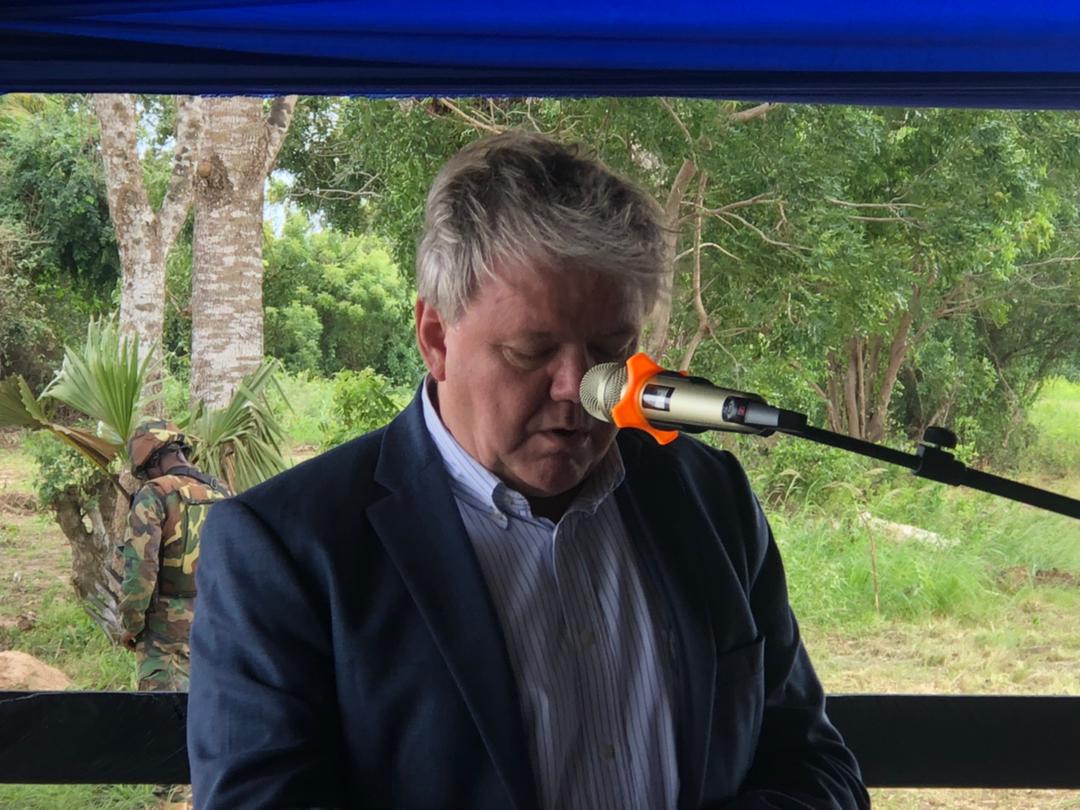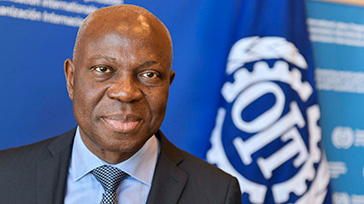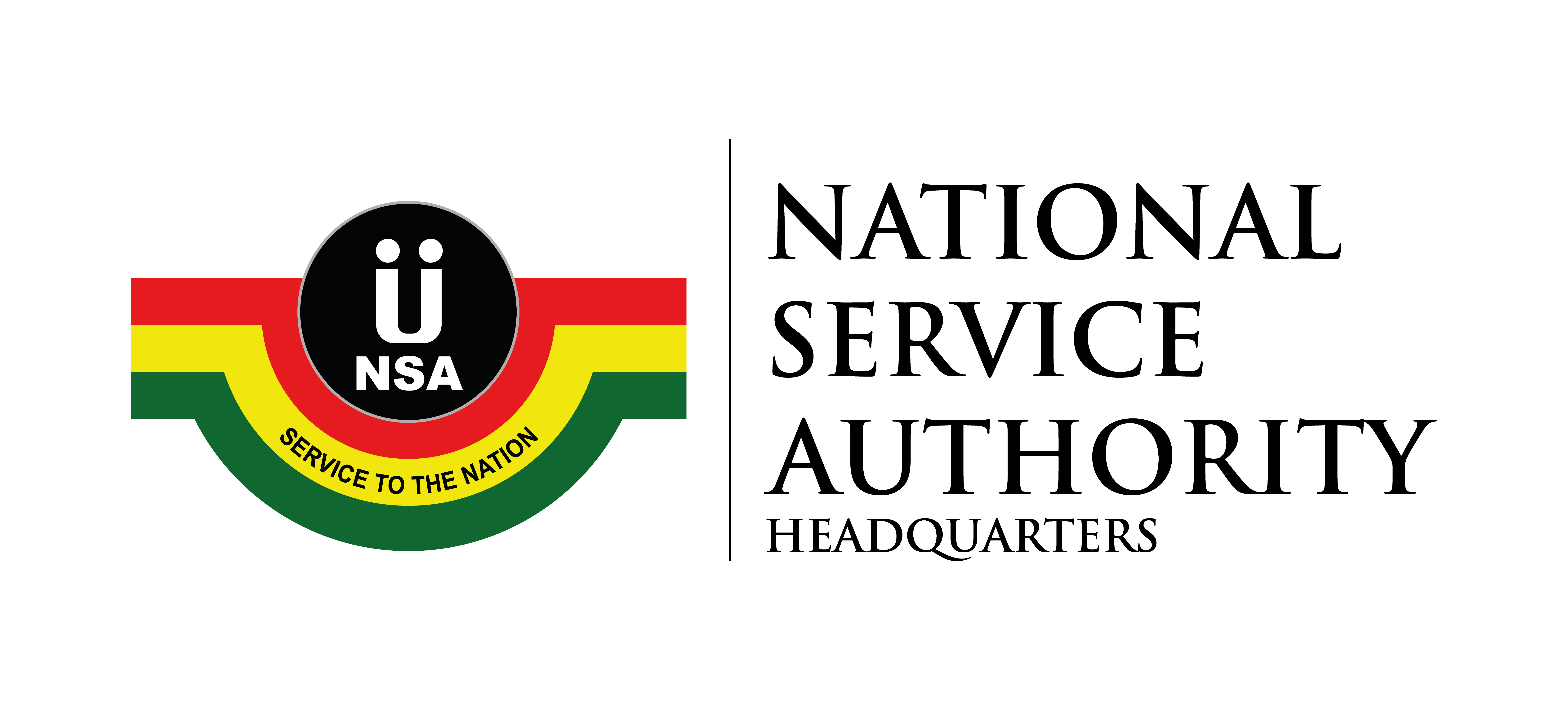
By Olabisi D. AKINKUGBE (Prof)
The pivotal role that African Multilateral Financial Institutions (AMFIs) serve as an important alternative source of financing for governments in Africa and the Global South is under significant threat.
While historically, the AFMIs preferred creditor status (PCS) and their treatment on equal basis like other Multilateral Development Banks (MDBs) has come under increasing query.
This time, the lowering of African Export-Import Bank’s (Afreximbank) long-term foreign currency issuer default rating from ‘BBB’ to ‘BBB-’, with a negative outlook has laid bare the protracted consequences of the failure of African States, such as Ghana, South-Sudan, and Zambia to take seriously their debt commitments to Afreximbank and the Eastern and Southern African Trade and Development Bank (TDB). The actions of these African sovereigns set a dangerous precedent for AMFIs.
Treating AMFIs as MDBs with PCS is germane to the capacity of these institutions to continue to fulfil their mandates: which among others includes supporting the pursuit of development aspirations that are aligned with the vision of the relevant African states.
A preferred creditor in the international financial system is a sovereign or organization that is exempt from participating or that has priority in being repaid in debt-restructuring arrangements if a debtor finds themselves in debt distress. PCS is one of the key drivers of multilateral lenders’ financial strength. Loans offered by AFMIs such as Afreximbank and TDB should be exempt from restructuring arrangements.
Put differently, as the African Peer-Review Mechanism puts it in their response to Fitch’s downgrade, the governance of Afreximbank’s loans to its member states is premised on “a framework of intergovernmental cooperation and mutual commitment, rather than typical commercial risk principles.” Thus, the loans are shielded from becoming non-performance loans as Fitch already argues: a claim which the APRM refutes.
Further, subjecting AMFIs to restructuring: (i) shrinks the fiscal space for African states to access financing that is not too expensive (ii) undermines the status of AMFIs and the African financial architecture as an integral part of Africa’s agenda of continental renaissance, strong alternative financial institutions, and long-standing vision of collective self-reliance; and (iii) risks entrenching double standards in assessment of non-performing loans by AFMIs.
Crucially, the Reform of the Global Financial Architecture is incomplete without strong regional development banks such as the AMFIs and the African Credit Rating Agency that strengthen the African Financial Architecture. Unlike claims that over emphasizes the commercial aspects of its work, Afreximbank provide important alternative development financing for African countries.
The uniqueness of the AMFIs and their lending practices to African states lies in their core alignment with the economic realities and needs of African states. AMFIs understand the economic vulnerability that dominates the financial landscape of African countries and increasingly offer products that respond to the challenges that African states confront. As such, arguments that places stronger emphasis on the commercial aspects of the AFMIs miss the mark!
AMFIs are a catalyst to addressing the deficit of inequitable and unjust governance in the global financial architecture. Beyond the role of AMFIs as bulwarks against imperialist international financial lending practices, AMFIs such as Afreximbank and TDB offer an important springboard for African states to re-order their voice, representation, and participation in a global financial architecture that otherwise does not prioritize their socio-economic development interests.
In addition, the AMFIs shore up African States’ financial vulnerability in a fast-increasing unfavourable global economy. Thus, their success portends the emergence of a potential regionally influential financial institution that does not entrench African States in a path dependency that is dominated by the Bretton Woods institutions.
The AMFI offers an endogenous panacea to African-centred solutions for African challenges. In a number of cases such as Zimbabwe, AMFI financing is the most affordable option available to financially/economically challenged African countries.
Indeed, in some situations, it is the only viable option because of the unfair risk premiums imposed on African borrowers by international markets.
AMFIs have thus been instrumental in challenging these unfair risk premiums and working to create more equitable financial conditions for African countries. Furthermore, AMFIs are designed to operate on a financially sustainable model, with profits being reinvested to further capitalize and strengthen the institutions.
This is a necessary approach, given the capital constraints faced by African states. Punishing the AMFIs for operating profitably and sustainably undermines their ability to serve their intended purpose.
Strengthening the institutions of the African Financial Architecture is critical to the financial sovereignty of Africa and its states. The preservation and promotion of diversity in the global financial architecture is essential – safeguarding the full and effective functioning of AMFIs by not weakening them is critical to such a future.
The African financial landscape lacks a buoyant access to concessional lending. As such, there aren’t enough African financial institutions that African countries can rely on when they are in debt distress.
With the shrinking space in accessing finance, AMFIs are critical actors whose roles must be protected. The stakes involved in nurturing and strengthening the governance of African Financial Architecture, and the nature of intra-African development finance is a critical, the African Union, through the African Peer Review Mechanism and the Alliance of African Multilateral Financial Institutions must remind member states of the need to avoid reneging on their long-standing treaty commitments and obligations.
The current predicament reinforces the systemic imbalances in the global financial architecture; deepens the dependency of African states and their exposure to an unfair global financial order; rather than reform.
As I have argued elsewhere and reinforce in this essay, the calls for the reform of the global financial architecture remains incomplete without an unfettered recognition of the multilateral and PCS status of AFMIs as co-equals in their own rights. Such a recognition should nevertheless hold true despite the mix of commercial and concessional lending that the AMFIs undertake.
*This article draws on research from a Symposium on the African Financial Architecture and African Multilateral Financial Institutions in Context recently published by the Canadian Yearbook of International Law; and an ongoing edited volume by the author.
Professor Akinkugbe writes on issues in and at the intersection of international economic law with a focus on Africa. He is a co-founder of Afronomcislaw.org and convener of the African Financial Institutions Network.
The post Undermining multilateral status of African financial institutions sets a dangerous precedent appeared first on The Business & Financial Times.
Read Full Story

















Facebook
Twitter
Pinterest
Instagram
Google+
YouTube
LinkedIn
RSS